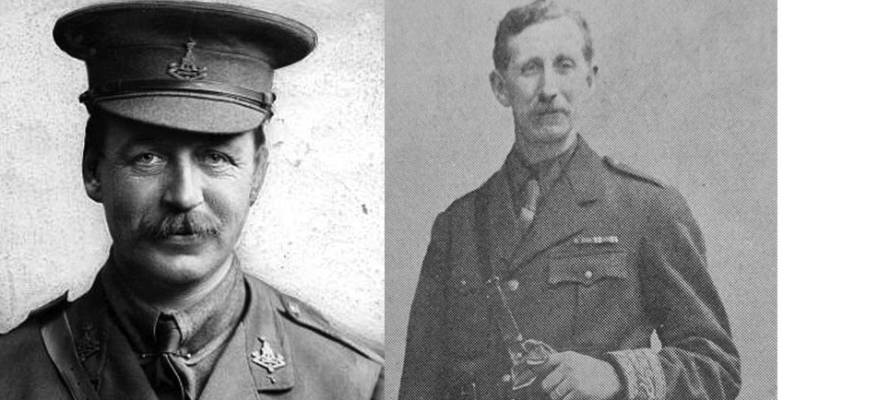
On May 16, 1916, Britain and France divided the former Ottoman Empire territory in the Middle East between their respective countries, including the Land of Israel, which remained under British rule until the establishment of the Jewish state. There was never a Palestinian state in the region.
While the years after the First World War saw the emergence of a new, modern republic in the heartland of the Empire, known as the Republic of Turkey, the remaining territories that the defeated Ottoman Empire had ruled were divided between the victorious allies. Britain and France gained control of the Arab Middle East and North Africa. Both powers had long eyed the Middle East as an area of political and commercial interest. British and French missionaries, merchants, and diplomats were stationed in the region as far back as the 16th century.
Throughout the 19th century, both Britain and France invaded and held territories in the region. France was the first to do so in 1798 with Napoleon Bonaparte’s invasion of Egypt. Although Ottoman rule was restored there, France continued to seek control in the region. It invaded and gained control of Algeria in 1830, and continued to rule there until 1962. Britain conquered Egypt from the Ottomans in 1882, and maintained military presence there until 1954.
In May 1916, British Diplomat Mark Sykes and the former French consul in Beirut, Charles Georges Picot, negotiated a secret treaty to divide the Ottoman territories between their two countries. Britain, which controlled the Suez Canal since 1881, was interested in protecting trade between Europe and India and access to oil in the Persian Gulf. France wanted to preserve its long history of ties to Syria and Lebanon and maintain access to the region’s cheap supply of cotton and silk.
The Sykes-Picot Agreement was ratified in and accepted by the League of Nations. Britain took control of Palestine, Iraq, and Transjordan, and France took control of Syria and, later, Lebanon.
Source: Israeled.org
